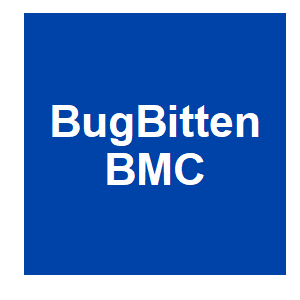Mosquito population modification: the drive to malaria eradication

|
A. A. James,
BugBitten BMC,
2020.

Our laboratory members and collaborators are among a number of scientists from the University of California, Irvine Malaria Initiative (UCIMI) and Tata Institute for Genetics and Society (TIGS) seeking to apply genetic engineering technologies to develop novel methods for controlling parasite transmission by targeting the mosquito vectors. Our preferred strategy, population modification, uses genetic tools to make vector mosquitoes incapable of transmitting parasites. We expect that the introduction into a mosquito population of a gene that confers parasite resistance should lead to a decrease in transmission of the pathogen. We use synthetic approaches to make genes that interfere with parasite transmission and spread them through mosquito populations. Following implementation of such a strategy, we expect to see measurable decreases in malaria transmission and disease. We have had considerable success in the past demonstrating that we can use modern molecular biological and insect transgenesis tools to make genes that prevent mosquitoes from passing on parasites (see 1 and 2). We have focused most recently on laboratory experiments to find ways to move these genes into wild mosquito populations. More related to this: Experimental population modification of the malaria vector mosquito, Anopheles stephensi Fighting malaria with gene-drive technology
|



